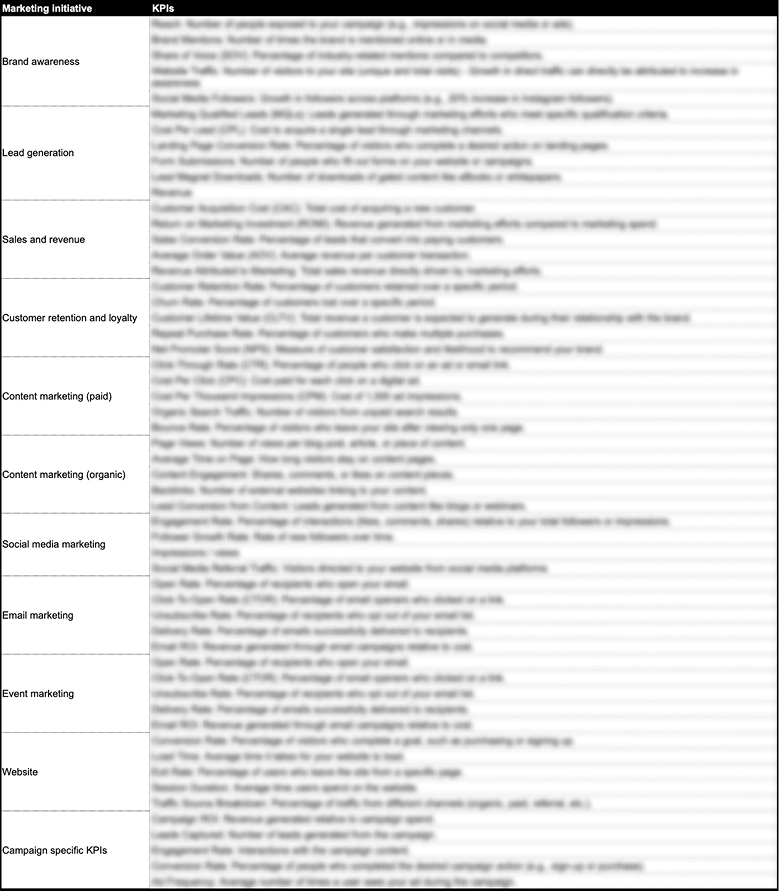The Challenge
A fast-growing fintech focused on institutional fixed-income trading approached Tailwind with a clear but nuanced goal:
Build sustained brand awareness, not just visibility, but relevance — in a highly specialized financial ecosystem.
For a category that values credibility over campaign noise, this meant building a brand strategy that was contextual and highly intentional.
The Solution
We began by grounding the strategy in market and stakeholder realities.
Our phased methodology ensured we were solving the right problems in the right sequence:
1. Scoping the competitive landscape for differentiation
We mapped the fixed-income landscape to identify whitespace, tone norms, and market conventions — allowing us to define the brand’s narrative with clarity.

2. Uncovering stakeholder priorities & triggers
We conducted a detailed analysis of the decision-makers their aspirations, focus areas, operating environments, and psychological drivers. This helped us determine what to say, when, where, and why.

3. Defining the brand narrative
We focused on building a brand narrative relevant to the audience and differentiated from the category:
- Clarifying the core value proposition: What the brand delivers, how it delivers it, and why that matters to institutional fixed-income teams
- Defining the brand’s role in the ecosystem: Positioning it as a solution built for the present and future of capital markets — not just another product
- Crafting key messages by audience layer: From CIOs and desk heads to execution teams and influencers — each with tailored language, triggers, and proof points
- Creating a messaging hierarchy: From top-level promise (tagline and brand line) to supporting statements, product narratives, and feature positioning
- Setting tone and voice principles: Ensuring the brand could speak with consistency across channels

4. Crafting a full-funnel marketing game plan
With a clear positioning framework in place, we developed a cohesive, full-funnel marketing strategy designed to build visibility, relevance, and trust. The strategy was built to balance long-term brand equity with short-term traction, and aligned messaging with where the audience actually engages.
We mapped each initiative against:
- Stage of the buyer journey (awareness → validation → engagement)
- <span data-metadata=""><span data-metadata=""><span data-buffer="">Effort vs. impact
- Channel fit and influence reach
- Message role — from education to activation
This ensured a plan that was not only strategic, but also actionable and scalable.
We structured the strategy across four key surfaces of influence:
- Founder visibility
Built a consistent presence on LinkedIn to position leadership as category-defining voices - Owned IP & thought leadership
Launched a proprietary industry event to anchor the brand in ecosystem conversations - Ecosystem participation
Identified relevant industry forums and partnerships to strengthen credibility and presence - Evergreen brand assets
Developed foundational messaging, pitch content, and product narratives to support growth across functions
The result was a channel-agnostic, insight-led strategy — flexible enough to adapt as the business scaled, and grounded enough to stay relevant to the audience. We worked closely with the founding team, product leads, and business development to ensure that the marketing strategy was tightly aligned with product priorities, go-to-market goals, and real-time conversations with the market.
All initiatives were tied to clear OKRs, tracked through regular checkpoints and adapted based on live market response.

Impact
- Positioned the brand as a credible, strategic voice in a legacy-driven industry
- Sparked high-value ecosystem conversations around digital transformation in capital markets
- Created a repeatable marketing engine — with clear levers, internal alignment, and defined metrics
- Helped shift perception from “early-stage” to “market-shaping”
Our field is a fairly niche one, and I wasn’t sure what to expect from brand marketing. I was worried whether the marketing team would be able to understand our business and make a simple effective marketing plan. But within a short span of time, the team has helped us make significant progress with brand awareness, much more than what we thought could be achieved. The team quickly built up an understanding of our business, created a custom strategy and did a great job in execution.
Founder & CEO of a leading B2B fintech startup




